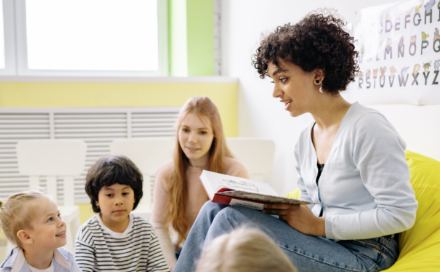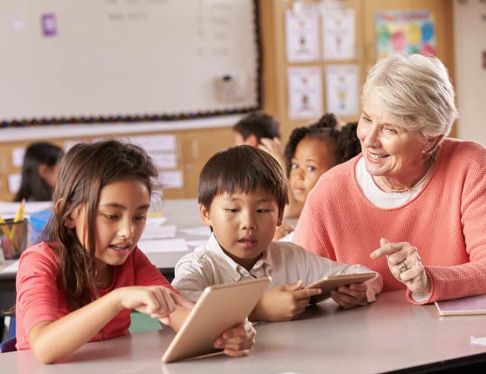Article:
Storytelling has long been a powerful educational tool, and in 2025, it’s being integrated into personalized learning to inspire, connect, and deepen student understanding. By allowing learners to relate content to their own experiences or create narratives around what they’re learning, storytelling brings a human element to education that enhances memory, engagement, and meaning.
Why Storytelling Matters in Personalized Learning
Storytelling aligns naturally with personalized learning because it taps into students’ interests, identities, and creativity. Whether students are crafting a digital story, writing a journal from a character’s perspective, or narrating their own learning journey, stories help them make connections that are both personal and powerful.
Fostering Engagement Through Relevance
When students can see themselves in the content—through culturally relevant stories, choice-based projects, or narrative assignments—they become more invested. Storytelling invites students to reflect on their experiences, values, and aspirations, making learning more meaningful and memorable.
Supporting Diverse Learners
All students benefit from storytelling, but it is especially impactful for diverse learners. Visual, auditory, and written storytelling activities can accommodate different learning preferences and abilities. It also allows English language learners to build language skills through narrative structure and personal expression.
Encouraging Creativity and Critical Thinking
Storytelling isn’t just about imagination—it’s about organizing information, understanding perspectives, and conveying ideas clearly. When students tell stories, they engage in higher-order thinking: analyzing, synthesizing, and evaluating. Personalized learning platforms can offer prompts and digital tools that support storytelling across subjects.
Technology and Digital Storytelling Tools
In 2025, students have access to a variety of multimedia tools that make storytelling dynamic and accessible. Platforms like storyboarding apps, video editors, and audio recording software allow students to express themselves in multiple formats. These tools integrate seamlessly with personalized learning systems to enhance creativity and personalization.
Integrating Storytelling Across the Curriculum
Teachers can weave storytelling into nearly any subject: historical narratives in social studies, science experiments told as adventures, or math challenges framed as real-world problems. Personalized learning allows students to choose how they tell their stories, creating a more inclusive and differentiated learning experience.
Conclusion
Storytelling enriches personalized learning by making education more engaging, reflective, and student-centered. In 2025, it continues to empower learners to express who they are, connect with others, and retain knowledge in meaningful ways. By combining narrative with personalized instruction, educators are unlocking deeper learning and a lifelong love for discovery.














